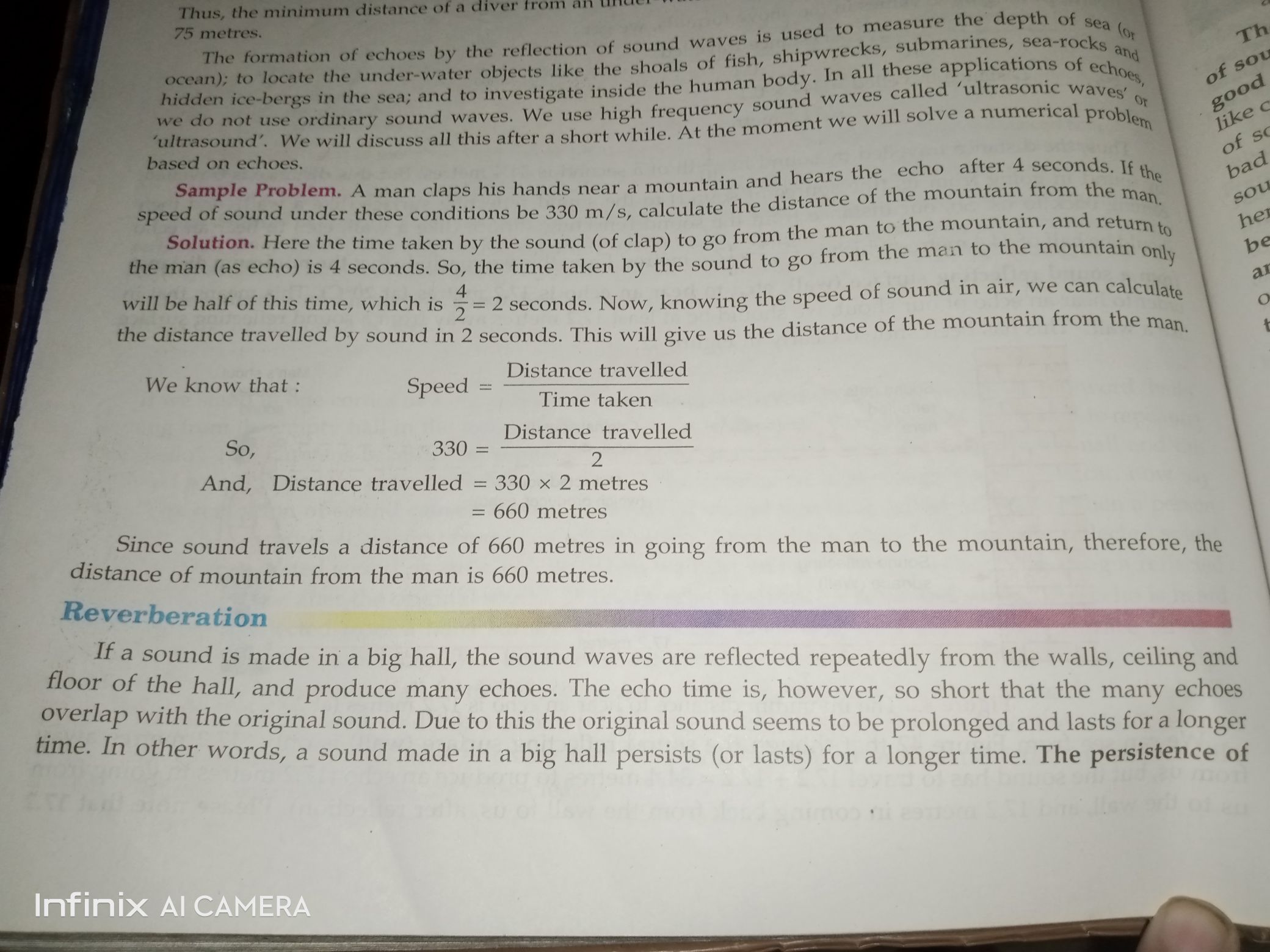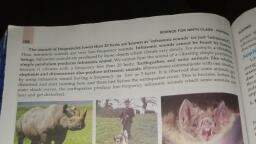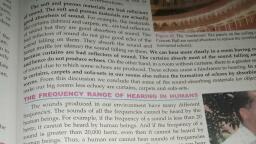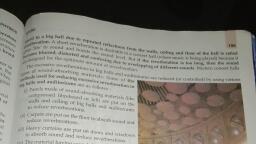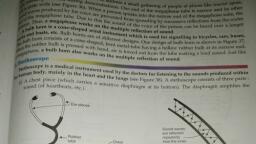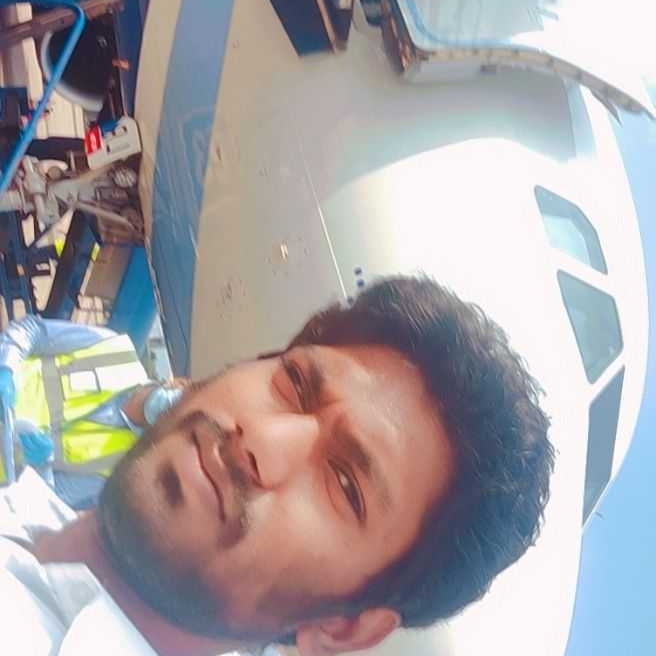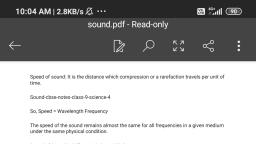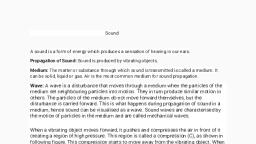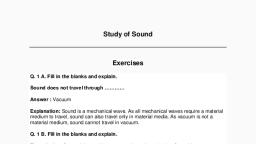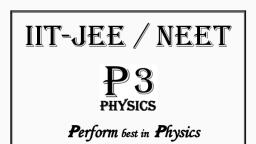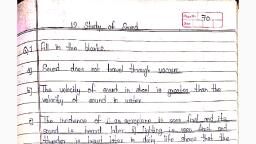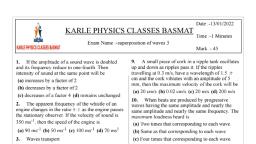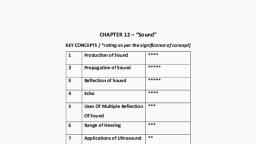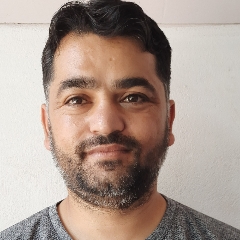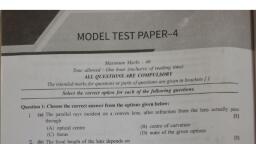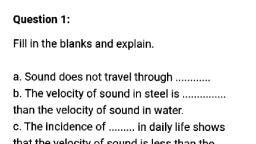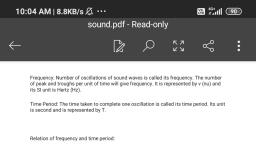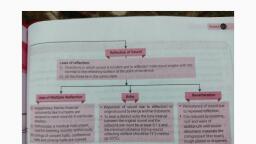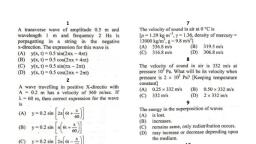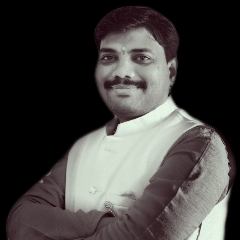Page 1 :
like the shoals of fish, shipwrecks, , , , , , , , the recks, wpe, like 0h In all these applications, ae aency | pe waves called ‘ultrasonic \, , , , d waves. We use high frequency ° lve a numerical, , will so, iss all this after a short while. At the moment we, , , , , , the echo after 4 seconds. If, , ty 2 :, f the mountain from the, , *roblem. A man claps his hands near a mo ;, und under these conditions be 330 m/s, calculate the di, , untain and hears, stance 0, , man to the mountain, and return tg |, , , , , , , , , , , , , , , , tion. Here the time taken by the sound (of clap) to go from the a to the td, , (as echo) is 4 seconds. So, the time taken by the sound to g° from the man only ", , vill be half of this time, which is <= 2 seconds. Now, knowing the speed of sound in air, we can calculate Oo, of the mountain from the man, ‘, , . oe, the distance travelled by sound in 2 seconds. This will give us the distance, ; Distance alle, We know that : pepe ene travelled, Time taken, , So, 330 = a, , And, Distance travelled = 330 x 2 metres, = 660 metres, , , , } Since sound travels a distance of 660 metres in going from the man to the mountain, therefore, the, distance of mountain from the man is 660 metres., Reverberation ae, , , , If a sound is made ina big hall, the sound waves are reflected repeatedly from the walls, ceiling and, floor of the hall, and produce many echoes. The echo time is, however, so short that the many echoes, overlap with the original sound. Due to this the original sound seems to be prolonged and lasts for a longer, time. In other words, a sound made in a big hall persists (or lasts) for a longer time. The persistence of
